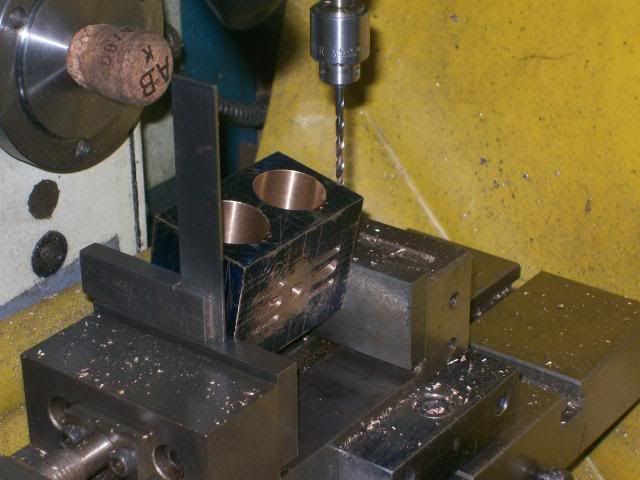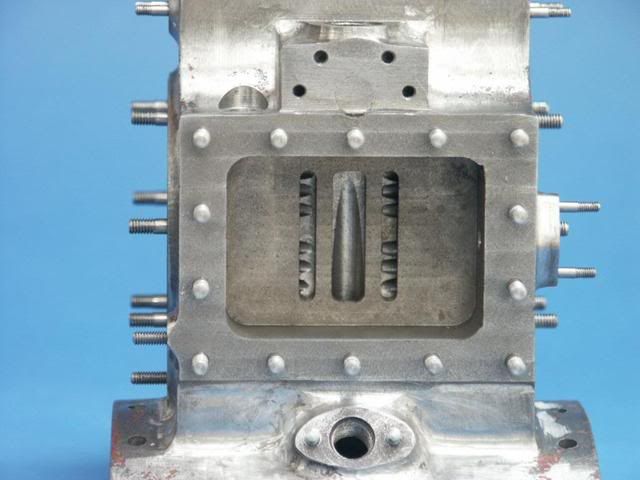James A. Lee
Member
- Joined
- Jan 17, 2009
- Messages
- 10
- Reaction score
- 0
I have a question regarding setting up work in the milling vise to ensure drilling and/or milling angled engine ports to very close limits, using a dial indicator. and some simple trig. I asked this question of one of the frequent contributors to this forum and got no response, so I guess this must be one of those stupid questions. I'll accept the label, but would greatly appreciate getting a detailed answer.
Many thanks in advance.
Jim
Many thanks in advance.
Jim







